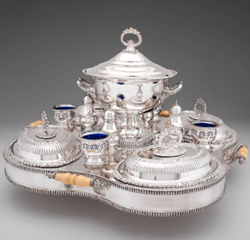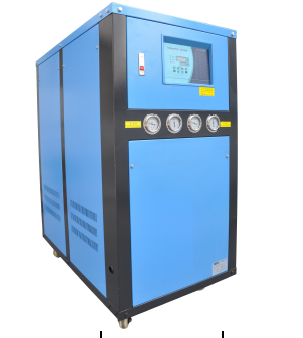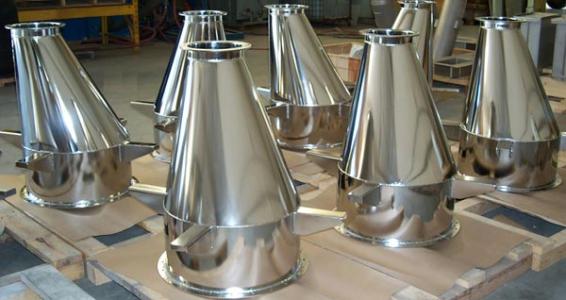Electroplated silver is mainly used to prevent corrosion and increase conductivity, light reflectivity and aesthetics. It has a wide range of applications in various manufacturing industries. The following is a brief introduction to electroplating silver.
Introduction;
Silver is a white metal with a density of 10.5g/cm (20°C), a melting point of 960.5°C, a relative atomic mass of 107.9, and a standard electrode potential of Ag/Ag of 0.799V. Silver can be forged, plastic, and has excellent electrical and thermal conductivity. The polished silver layer has strong reflectivity and decorative properties.
Silver plating is easy to polish, has strong reflective ability and good thermal conductivity, electrical conductivity and soldering performance. Silver plating was first used in decoration. In the electronics industry, communications equipment and instrumentation manufacturing, silver plating is widely used to reduce the contact resistance of metal parts and improve the welding ability of metals. In addition, metal mirrors in searchlights and other reflectors are also required to be silver plated. Since silver atoms are easily diffused and slip along the surface of the material, it is easy to produce “silver whiskers” in a humid atmosphere, causing a short circuit, so silver plating should not be used in printed circuit boards. The silver plating solution used is mainly a cyanide plating solution.
USE
The gallstones in the daily use of the kettle are chemically silver plated. Since the silver plating is bright and reflective, the infrared radiation generated by the heat can be reflected back well to achieve a better thermal insulation effect. Therefore, the silver-plated hot water bottle has a better heat preservation effect.






